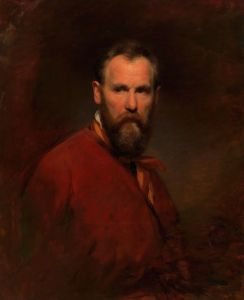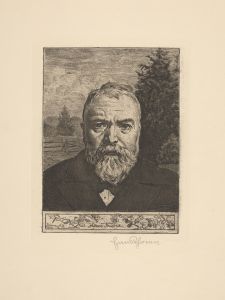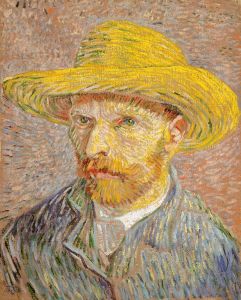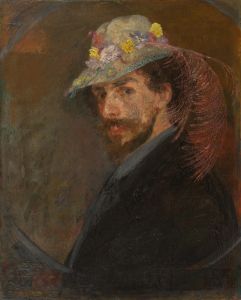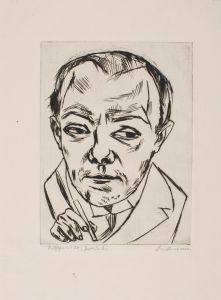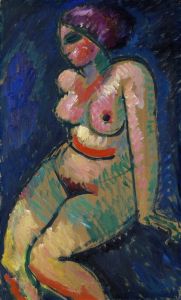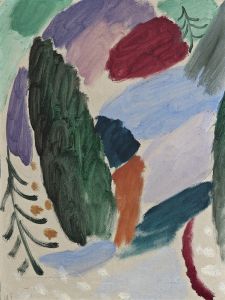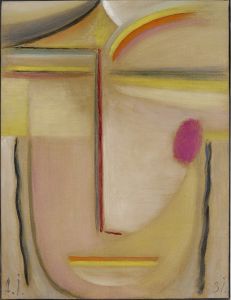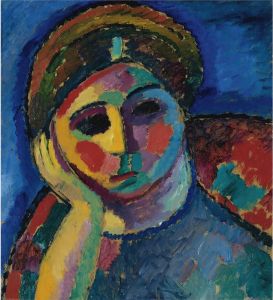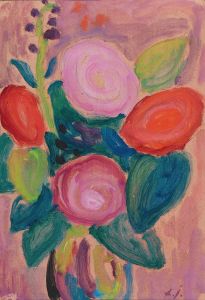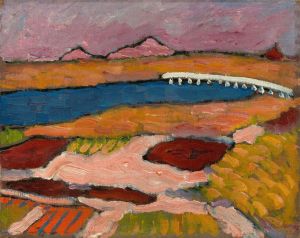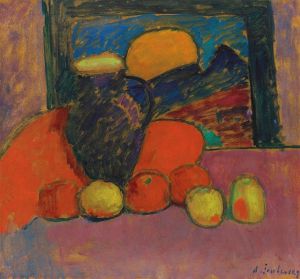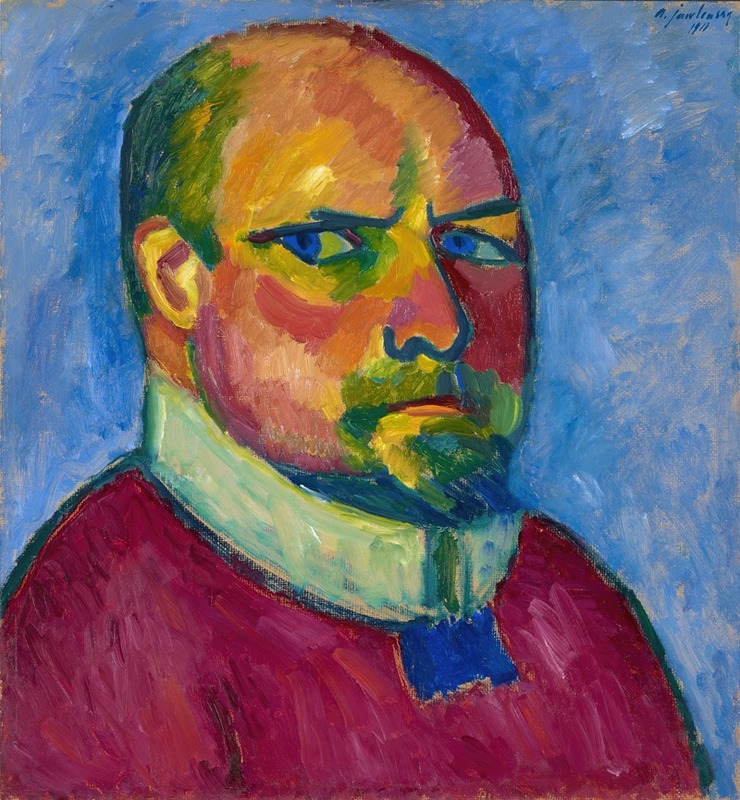
Self-Portrait
A hand-painted replica of Alexej von Jawlensky’s masterpiece Self-Portrait, meticulously crafted by professional artists to capture the true essence of the original. Each piece is created with museum-quality canvas and rare mineral pigments, carefully painted by experienced artists with delicate brushstrokes and rich, layered colors to perfectly recreate the texture of the original artwork. Unlike machine-printed reproductions, this hand-painted version brings the painting to life, infused with the artist’s emotions and skill in every stroke. Whether for personal collection or home decoration, it instantly elevates the artistic atmosphere of any space.
Alexej von Jawlensky, a Russian expressionist painter, is known for his vivid use of color and bold brushwork. One of his notable works is a self-portrait, which reflects his unique style and artistic evolution. Born in 1864 in Torzhok, Russia, Jawlensky was initially trained in the Russian military but later pursued a career in art, studying under the guidance of Ilya Repin at the Imperial Academy of Arts in Saint Petersburg. His move to Munich in 1896 marked a significant turning point in his artistic journey, as he became associated with the avant-garde movements of the time.
Jawlensky's self-portraits are an essential part of his oeuvre, offering insight into his exploration of form, color, and spirituality. The self-portrait in question, like many of his works, is characterized by its expressive use of color and a focus on the emotional and spiritual essence of the subject rather than a realistic depiction. This approach aligns with the broader expressionist movement, which sought to convey emotional experience rather than physical reality.
Throughout his career, Jawlensky was influenced by various artistic movements and figures. His time in Munich exposed him to the works of Vincent van Gogh, Paul Gauguin, and Henri Matisse, whose use of color and form left a lasting impact on his style. Additionally, his association with the Blue Rider group, alongside artists like Wassily Kandinsky and Franz Marc, further shaped his artistic philosophy. The Blue Rider group emphasized the spiritual and symbolic aspects of art, which resonated deeply with Jawlensky's personal beliefs.
Jawlensky's self-portraits often feature a simplified, almost abstract representation of the human face, using bold outlines and vibrant colors to convey emotion and spirituality. This style is evident in his self-portrait, where the focus is on the interplay of colors and the intensity of expression rather than realistic detail. The use of color in his work is particularly noteworthy, as Jawlensky believed that colors had a spiritual significance and could evoke specific emotional responses.
In addition to his self-portraits, Jawlensky is known for his series of works titled "Heads" and "Meditations," which further explore the themes of spirituality and abstraction. These series reflect his continued interest in the human face as a subject and his desire to capture the inner essence of his subjects through color and form.
Jawlensky's contribution to the expressionist movement and his innovative use of color and form have left a lasting legacy in the art world. His self-portraits, in particular, offer a window into his artistic development and his quest to express the spiritual and emotional dimensions of human experience. Today, his works are held in numerous public and private collections worldwide, where they continue to be studied and appreciated for their bold expression and spiritual depth.





